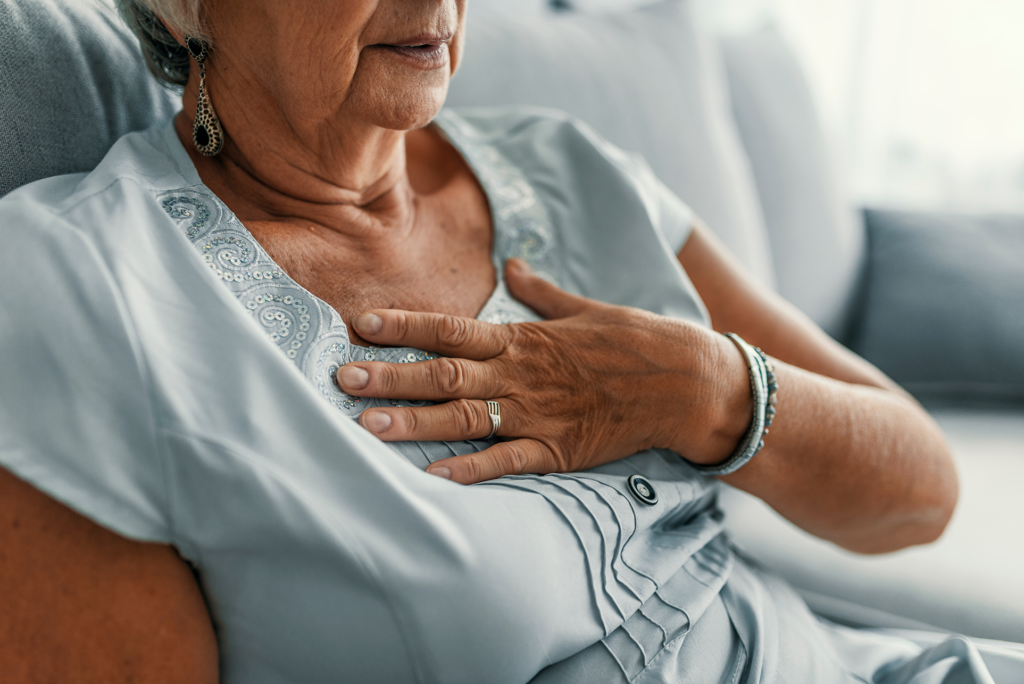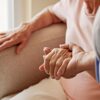Recent research has revealed that women are more at risk of heart disease compared to men – particularly elderly who are experiencing loneliness. So, what needs to change?

According to the Victor Chang Cardiac Research Institute, 22 women die every day of heart disease in Australia – nearly three times more than deaths caused by breast cancer.
University of Sydney research has also recently revealed that of those admitted to Australian hospitals with serious heart attacks, women are half as likely as men to get proper treatment and to die at twice the rate of men six months after discharge.
Why are women at greater risk?
According to CEO of Heart Research Australia, Nicci Dent, women tend to delay going to hospital after symptoms of a heart attack start, largely due to the belief that men are more likely to be at risk. Arriving to the hospital too late effectively reduces the opportunity for treatment and increases the risk of complications and damage.
“Traditionally heart disease has been viewed as a bloke’s disease, but globally, heart disease is the number one killer of women,” continues Ms Dent.
Another major issue is the clear lack in focus on female specific symptoms and risk factors.
“Most medical research is conducted in studies of men, and therefore clinical guidelines, symptom checklists and treatments are tailored to men,” says heart failure cardiologist and specialist in women’s heart disease, Dr Monique Watts.
“What isn’t well publicised are the very clear and specific risk factors for women. It means women are diagnosed with heart disease seven to 10 years later than men, and are less likely to be referred for heart tests or heart surgery,” explains Dr Watts.
“Early menopause, inflammatory conditions such as rheumatoid arthritis and lupus, and complications during pregnancy – such as pre-eclampsia, hypertension, and gestational diabetes – are all important risk factors for women. Even smoking confers a much higher risk of heart disease for women than it does in men,” says Dr Watts.
Through her research supported by Heart Research Australia, Professor Gemma Figtree recently found that women with no ‘standard modifiable cardiovascular risk factors’ have the highest chance of dying from their heart attack, with 18 per cent dying at 30 days. This mortality rate is three times that of men with at least one risk factor (6 per cent).
Women also tend to develop symptoms of heart disease at a much later stage of the illness than men and their symptoms are often vaguer or ‘non-specific’, which can also cause a delay in diagnosis and receiving time critical care.
“Many women don’t experience the crushing chest pain that is a classic symptom of a heart attack in men. Some feel extremely tired or short of breath. Other atypical symptoms include nausea and abdominal, neck, and shoulder pain,” says Ms Dent.
In women, a transient blockage resulting in multiple smaller heart attacks or spasms is often the cause of a major heart attack, opposed to an easily diagnosed blocked artery for men; hence, their difficult diagnosis.
Elderly women are at an even greater risk again due to the stiffening of the heart muscles.

What needs to change
A 2021 study by Monash University and Curtin University, published in the International Journal of Geriatric Psychology revealed that there was a substantial link between social health and heart disease for those over 70 years of age.
Researchers found that those with good social health were less likely to have multiple risk factors for heart disease, lowering their risk of having a heart attack or stroke within 10 years.
“Good social health means you are less likely to have cardiovascular disease, or other serious illness,” says lead researcher, Dr Rosanne Freak-Poli.
Although further developments in heart disease research is positive, these findings also mark concerns as many elderly experienced heightened levels of loneliness during the pandemic, with the extent of the repercussions still yet known.
Helpful tips:
- Find a good GP that is willing to listen to your concerns and include cardiovascular health as part of a preventative health plan, just like skins checks or pap smears. Cholesterol and blood pressure should be assessed and managed.
- Share your obstetric history with your GP, especially if you have had pre-eclampsia, hypertension, gestational diabetes or pre-mature delivery.
- Understand that inflammatory conditions such as lupus or rheumatoid arthritis can put you at higher risk.
- Peri menopause / menopause is a time where estrogen levels fall. This fall in estrogen brings about changes in the body that increase risk of heart disease . Menopause is a good time to talk to your GP about what your risk of heart disease is and how it can be minimised.
- Focus on overall general health such as exercise, eating health, stopping smoking and weight management, but also understand that non-modifiable factors and genetics also come into play. Don’t put off speaking to a GP about your risk because you are worried about being judged.
- Keep in regular contact with family, friends and those around you. Keeping loneliness at bay could potentially save your heart!
This February, join us in wearing RED to support Heart Research Australia’s awareness campaign, shining a light on the symptoms and risks of undiagnosed heart disease in Australia.









